Office of Research & Development |
 |

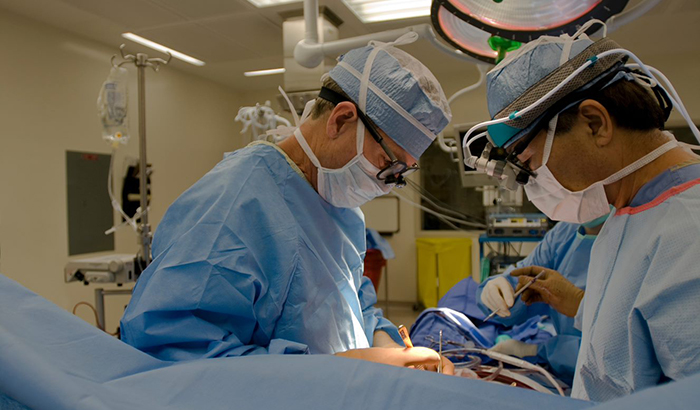
Coronary revascularization is done in either of two ways: coronary artery bypass graft surgery, or stenting and angioplasty. (Photo ©iStock/KentWeakley)
April 8, 2020
Tristan Horrom
VA Research Communications
The study looked at coronary revascularizations because they are among the higher-cost cardiovascular procedures.
The federal government is losing millions of dollars by paying twice, in many cases, for Veterans’ medical procedures, found a study by VA and University of Pennsylvania researchers.
The study, which focused on one category of procedures—coronary revascularization—appears in the April 6, 2020, issue of JAMA Network Open.
The Veterans Health Administration is the largest health care system in the country. It provides health care to some 9 million enrolled Veterans each year. Many Veterans also get health care through Medicare. More than a million Veterans are enrolled in both Medicare Advantage and VA health care. Previous research found that about half of patients enrolled in VA and Medicare Advantage received services from both.
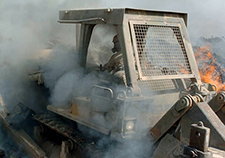
VA Study Documents Health Risks for Burn Pit Exposures
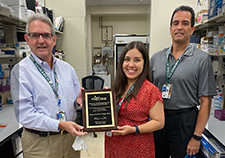
VA center training the next generation of researchers in blood clots and inflammation
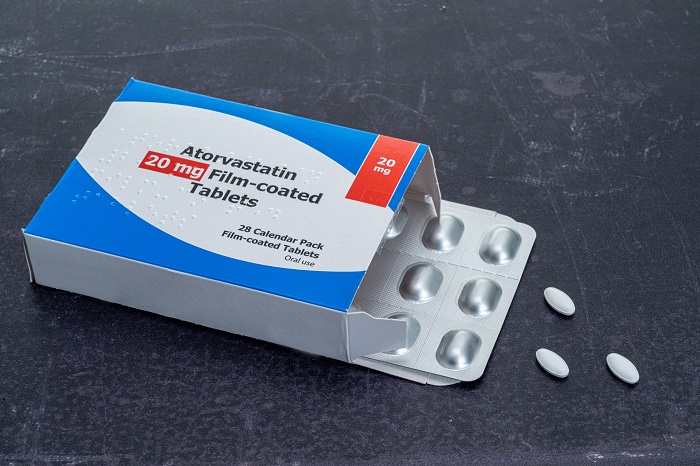
Could cholesterol medicine reduce dementia risk in seniors?
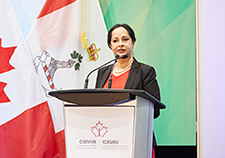
Million Veteran Program director speaks at international forum
When these dually enrolled patients have coronary revascularization procedures at VA hospitals, the government ends up paying double. The extra costs for VA over a four-year period came to $215 million, according to the new study.
Medicare Advantage is also known as Medicare Part C. With this program, Medicare benefits are provided through private health insurers. These insurance companies contract with Medicare, which pays a fixed monthly amount to the private company to provide comprehensive care to enrollees.
Medicare pays these companies up front and does not control where patients are actually getting their medical care. When Veterans are treated at a VA hospital or clinic, they may receive services that Medicare has already paid others to provide.
When a VA patient is also covered by private insurance, VA usually collects reimbursement from the insurance company. But VA cannot collect money from Medicare Advantage. Medicare plans are prohibited by law to make payments for services already paid for by another government entity.
While the current study looked only at one type of medical procedure—revascularization—past analyses have determined that the duplicate spending can cost VA upwards of $3 billion per year.
Researchers from the Michael J. Crescenz VA Medical Center and the University of Pennsylvania studied data on nearly 19,000 Veterans enrolled in both VA and Medicare Advantage who had coronary revascularization between 2010 and 2013.
Coronary revascularization aims to restore blood flow to the heart when a patient has blocked arteries. It is usually done in one of two ways. One is a coronary artery bypass graft, a surgery in which an artery from elsewhere in the body, usually the leg, is implanted to redirect blood flow around a blocked artery. The other is percutaneous coronary intervention, a nonsurgical procedure to treat narrowed coronary arteries. It uses stenting and angioplasty—when a balloon is threaded into an artery and inflated—to widen a constricted artery.
The average cost of a bypass graft is $67,000. Percutaneous coronary intervention costs about $33,000 per patient.
Of the nearly 19,000 patients in the study, about 4,500 had their procedures at a VA facility. These procedures cost VA $214.7 million. Because the federal government had already paid for these services through the fixed Medicare payments, it essentially paid twice.
The researchers looked at coronary revascularizations specifically because they are two of the higher-cost cardiovascular procedures, explains lead author Dr. Elias J. Dayoub, with VA and the University of Pennsylvania. But these procedures are “only a sliver of the many Medicare-covered services that could also lead to duplicative spending,” he says.
Medicare Advantage enrollment more than doubled between 2007 and 2017. Today, a third of all Medicare enrollees have Medicare Advantage. The estimated payment by the federal government to private Medicare Advantage plans for Veterans also enrolled in VA health care is $188 million per year.
Several policy solutions have been proposed to address this overspending. One is to allow VA to collect reimbursements from Medicare Advantage, similar to how VA bills private insurance. Another is to adjust Medicare Advantage payments for patients who use a significant amount of VA care. The U.S. Government Accountability Office has been studying the issue in attempts to phase out the duplicate spending.
VA Research Currents archives || Sign up for VA Research updates